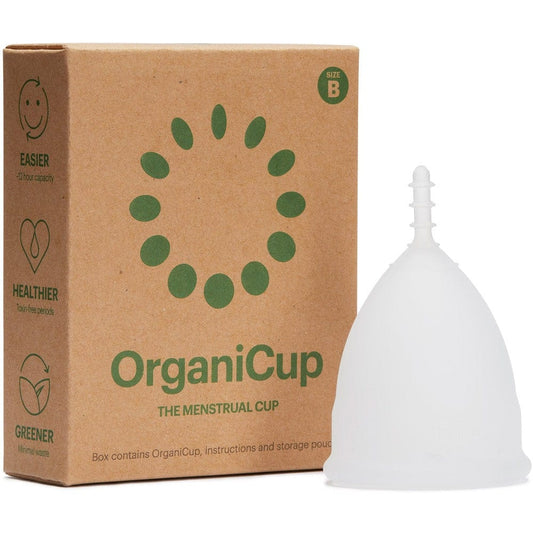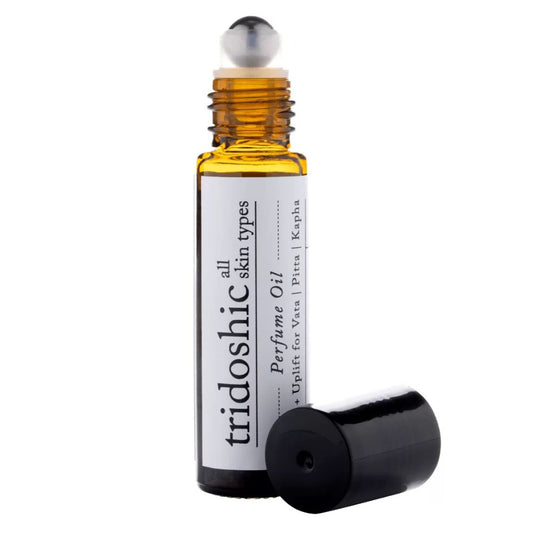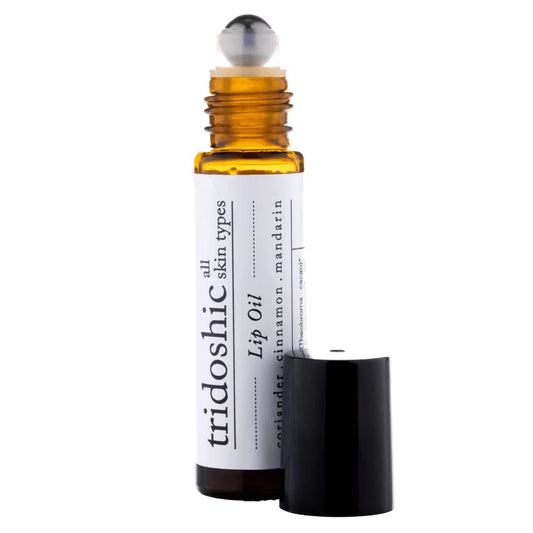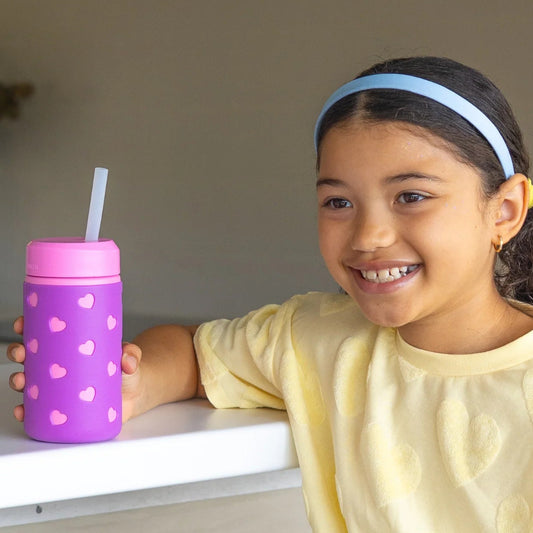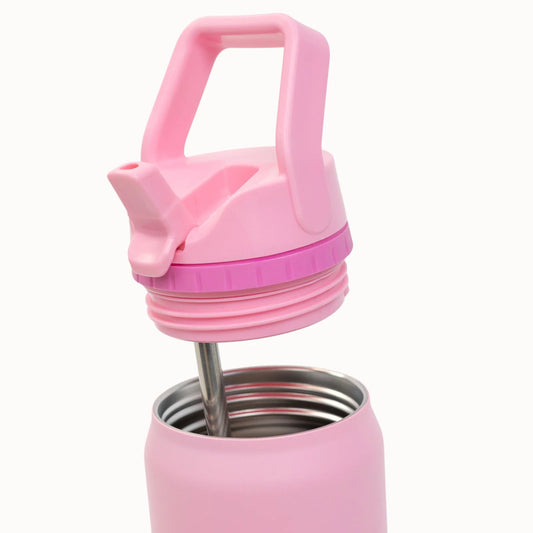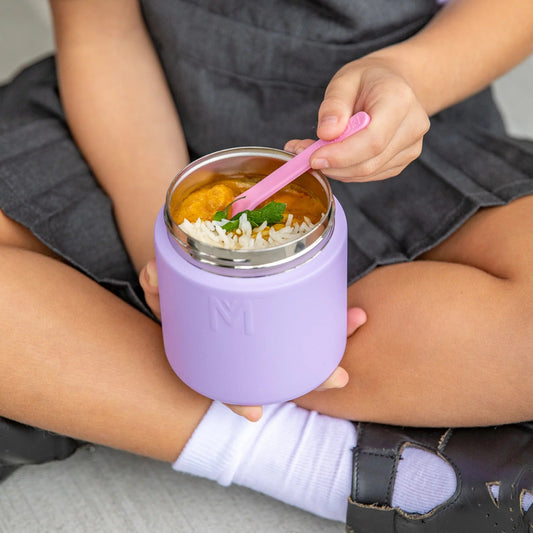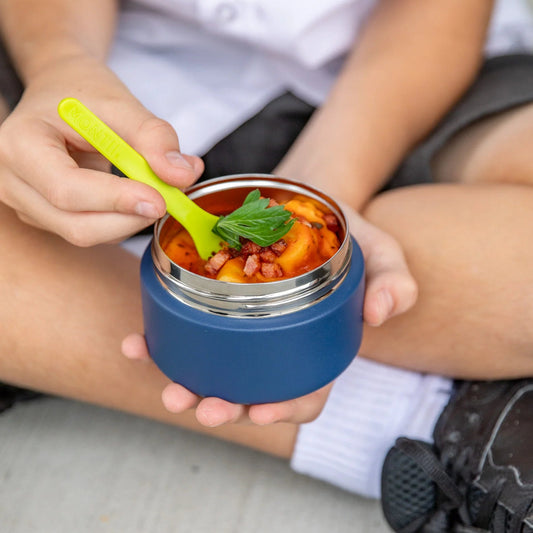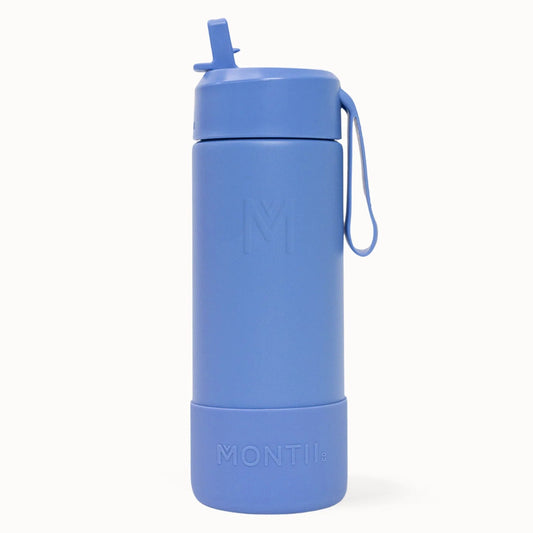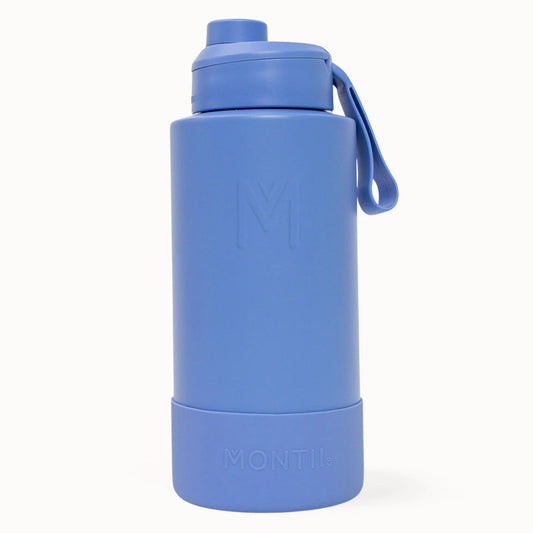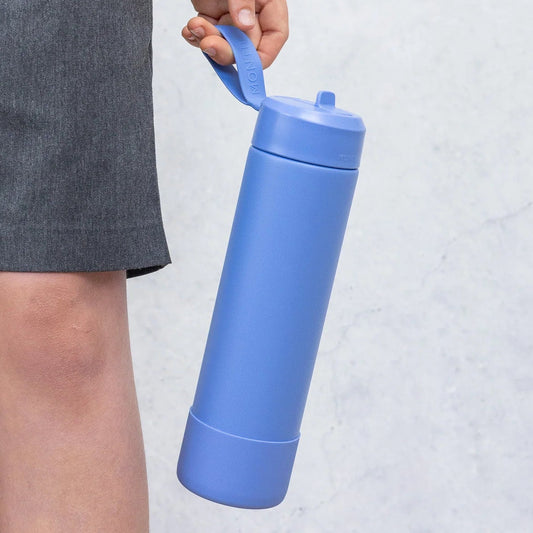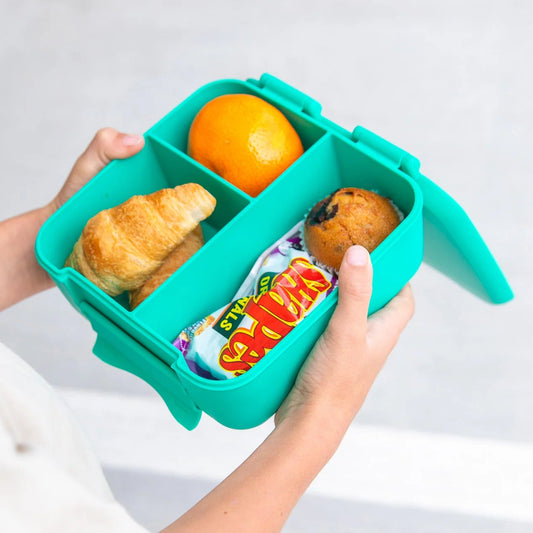Periods can be quite an ordeal, particularly if you deal with very painful or heavy periods. Between the cramping, the bleeding, and the array of uncomfortable symptoms that can come with your period — there’s a lot to contend with. Then, there’s finding the right sanitary product for your body and your budget. Pads and tampons have long been the most commonly used sanitary items, but in recent years, the menstrual cup has gained popularity.
It wins points for being environmentally friendly, cost-effective, comfortable, and leak-resistant, all at the same time.
So, what is a menstrual cup? In this guide, we explain everything you need to know about menstrual cups and how to use them.What is a Menstrual Cup?
A menstrual cup is a reusable feminine hygiene product.
It comes in the form of a small, flexible, funnel-shaped cup that is usually made out of rubber or silicone. It is inserted into the vagina to catch and collect period fluid.
Menstrual cups can hold more blood than other sanitary products and are an eco-friendly alternative to disposable pads and tampons.
Depending on your flow and the type and size of the cup you’re using, you can wear your menstrual cup for up to 12 hours.While it might seem like menstrual cups are new on the market, they’ve actually been around in some form since the 1800s.
The first menstrual cup was designed in 1867. The prototype was a rubber sack attached to a ring.
The first modern menstrual cup, as we know it today, was invented in 1937 by American actress Leona Chalmers. It came in and out of the sanitary industry over the following decades, until Lunette launched a medical-grade silicone menstrual cup in 2005.
Today, more and more women are swapping their disposable pads and tampons out for durable, safe, and eco-friendly menstrual cups.

How Do Menstrual Cups Work?
Menstrual cups work by catching the blood in the vagina and forming a seal to prevent that blood from leaking out during the day.
You’ll need to choose the menstrual cup size carefully, as selecting the wrong size may lead to leaks or discomfort.
There are small and large menstrual cups, and we recommend chatting to your doctor or gynaecologist to work out which size is right for you.
- Your age
- The length of your cervix
- The heaviness of your flow
- The strength of your pelvic floor muscles
- Whether or not you’ve given birth vaginally
- The type of cup and its capacity
Generally, smaller cups are recommended for women under age 30 who haven’t delivered a baby vaginally, and larger cups are recommended to women over 30 who have given birth vaginally or have heavy periods.
How to Use a Menstrual Cup
Before using your menstrual cup for the first time, it’s important to thoroughly clean and disinfect it.
Take the silicone cup and pop it in a water-filled pot on the stove. Boil for around five minutes, and let it cool completely before inserting it.
You won’t need to disinfect it between each change. Simply wash with warm water and mild, non-irritating soap.
Then, at the end of your period, you can disinfect it again so that it’s ready to go next month.

How to Insert a Menstrual Cup
Follow the below steps to insert your menstrual cup. Don’t be disheartened if you don’t get it right the first time — it can take a bit of practice.
Try to give yourself plenty of time when you’re trying it for the first time.
- Wash your hands well with soap and water.
- Apply a water-based lubricant to the rim of the cup. This makes it easier to insert.
- Tightly fold the cup in half and hold it in one hand with the rim facing upwards
- Insert the cup into your vagina, just as you would with a tampon so that the cup sits just below your cervix.
- Once it’s inserted, rotate the cup. It will pop open to create a seal. This prevents leaks and ensures all of the blood is caught.
If the cup is in properly, you won’t be able to feel it at all. When it’s in, you’ll be able to run, jump, run, cartwheel, and move however you please without it falling out!
How to Remove a Menstrual Cup
Depending on your flow, you can wear your menstrual cup for six to 12 hours. This means you can wear it overnight for protection.
It’s important always to remove the cup by the 12-hour mark, but if it feels full before then, empty the cup to avoid leakage.
To remove the cup:
- Wash your hands well with soap and water
- Place your index finger and thumb into your vagina
- Pull the stem of the cup slowly and gently until you can feel the base of the cup
- Pinch the base of the cup to release the seal and pull downwards to remove the cup
- Empty the blood into the sink or toilet
Before you reinsert the cup, wash it with mild soap and water, and wipe it clean. Be sure to empty the cup at least twice a day.
With the right care, reusable menstrual cups can last anywhere between six months to 10 years.
If you have a disposable cup, throw it away right after removal and insert a new cup.
Why Use a Menstrual Cup?

There are many reasons why women are making the switch from disposable pads and tampons to reusable menstrual cups.
- They’re cost-effective. You will use the same cup over and over again, unlike disposable pads and tampons which you have to stock up on regularly.
- They’re also a safer option for your body. Unlike tampons, menstrual cups catch the blood instead of absorbing it. This means they don’t put you at risk of toxic shock syndrome, which is a rare bacterial infection that has been linked to tampon use.
- Menstrual cups hold more blood than pads and tampons. Menstrual cups hold around 30 to 60ml of blood, while tampons hold less than 10ml and pads hold 10 to 35ml.
- They are better for the environment than disposable period products. If used properly, reusable cups can last years. This means you won’t be adding to environmental waste as you would with disposable pads and tampons. In the course of a lifetime, a person with a period will use between 5 and 15 thousand pads and tampons, most of which end up in landfills. Unfortunately, 90% of pads contain plastic, which takes 300 to 500 years to decompose in landfills (and may never decompose).
- Menstrual cups are odour-free. Pads and tampons can release an odour when the menstrual blood becomes exposed to air, but this does not occur with menstrual cups.
- You can have sex with a soft disposable menstrual cup. Your partner won’t feel the cup, and you won’t have to worry about leaks.
- You can wear the cup if you have an IUD.
The Drawbacks of Menstrual Cups
There are a few things to be aware of before you purchase your first menstrual cup, so keep these in mind and chat with your doctor if you have any concerns.
- They can create a mess. When you’re first learning to use the cup, you may encounter some spills. You’ll need to ensure you’re doing so where there is a toilet, toilet paper, soap, and a basin.
- They can be tricky to insert and remove. It may take a few tries before you perfect the fold insertion and removal.
- You might be allergic to the material. Most menstrual cups are latex-free, however, you may react to the rubber or silicone material
- It can be hard to find the right fit. You might need to try a few brands and sizes to find the right menstrual cup for you.
- Menstrual cups can cause irritation if they are not cleaned and cared for properly. This can also lead to an increased risk of infection.
Leaks can happen when using your menstrual cup, however, this shouldn’t occur regularly.
If you are leaking, make sure the cup is the right size for your age, flow, and number of previous births. If you’re very active, you might need to opt for a rigid cup.
Make sure the cup is opening properly inside your vagina. If there is resistance when you tug on it, or suction pressure, it is positioned correctly.
Consider how high you have inserted the cup, too. The stem should be just inside the vagina opening.
Taking these steps will help to prevent any leaks so you can move through your day with confidence.
Best Menstrual Cups in Australia
So, you know what a menstrual cup is, but which cup should you buy? Below, we share our recommendations for the best menstrual cups in Australia.
OrganiCup Menstrual Cup
The OrganiCup holds three times more fluid than pads and tampons and can be worn for up to eight hours. It is made from 100% soft medical-grade silicon. This cup is a size B, which is designed for people who have given birth vaginally.
Lunette Menstrual Cup Cynthia Purple
The Lunette Menstrual Cup is soft and pliable, designed for people who are younger, have not had sex, or who have a light to moderate flow. It arrives in a fun purple hue.
Hevea Loop Cup
This menstrual cup is made from natural rubber that is non-toxic, plastic-free, and plant-based. It is easy to insert and can be used for years. Size 3 is designed for people with a heavy flow and those who have given birth vaginally.
JuJu Menstrual Cup
The JuJu menstrual cup is hypoallergenic and perfect for those with sensitive skin, dermatitis, or latex allergies. It is made from clear medical-grade silicone and arrives in four sizes to suit your individual needs. It is ideal for people who enjoy exercise such as yoga, running, and swimming.
You can shop the range of reusable, eco-friendly period products here.
MORE READING
How to Choose the Right Size Menstrual Cup Size for You
Five Reasons to Consider Choosing a Menstrual Cup
Your Top Menstrual Product Questions Answered
All About Modibodi Period Underwear
How to Have a Zero Waste Period





